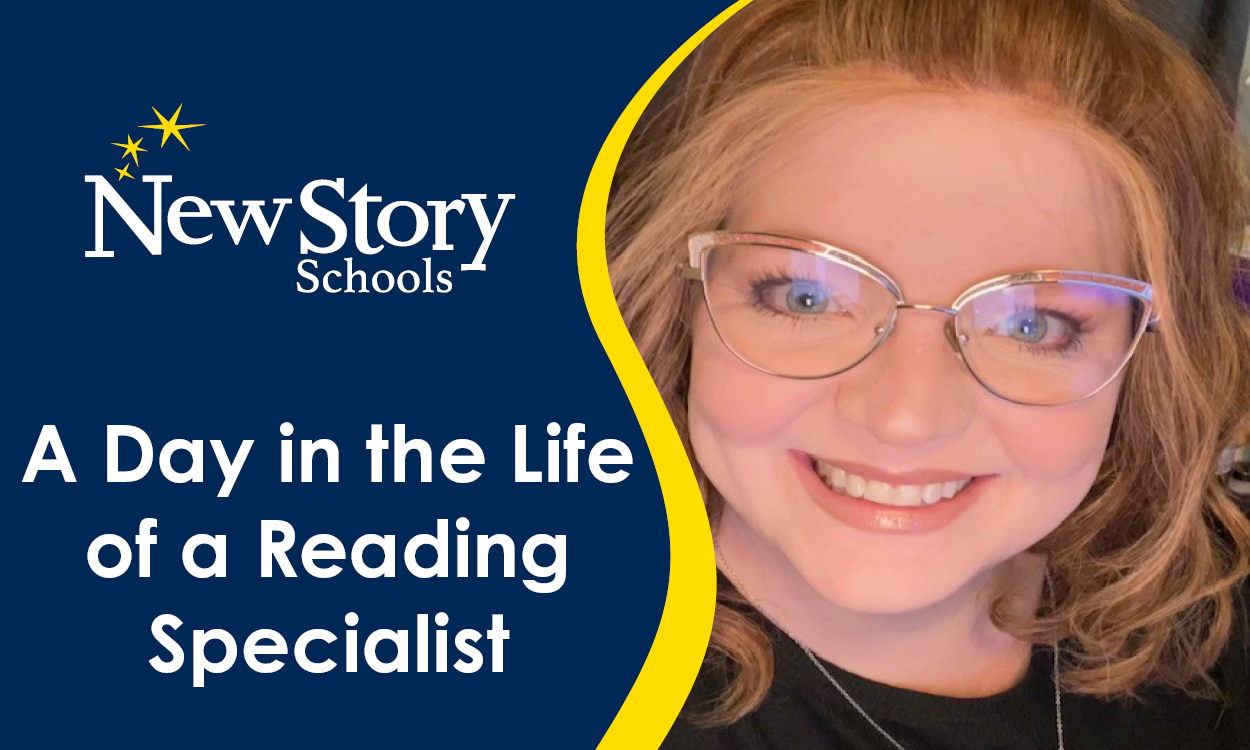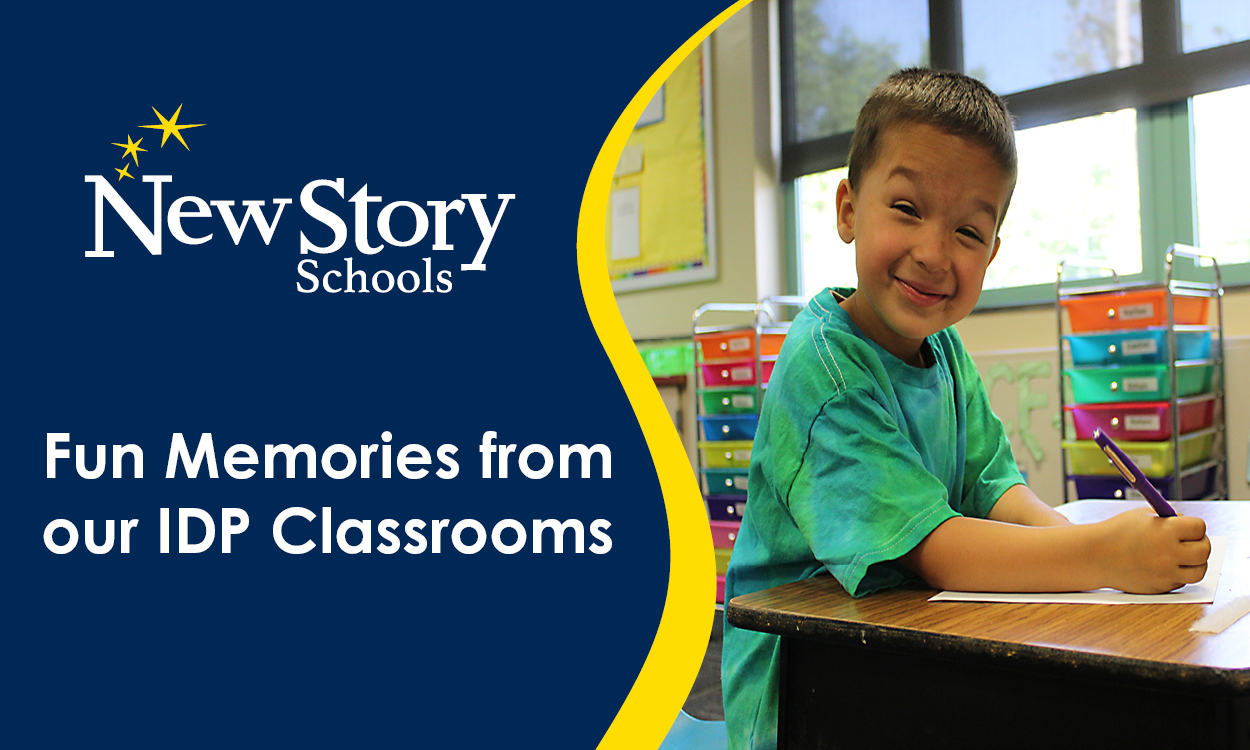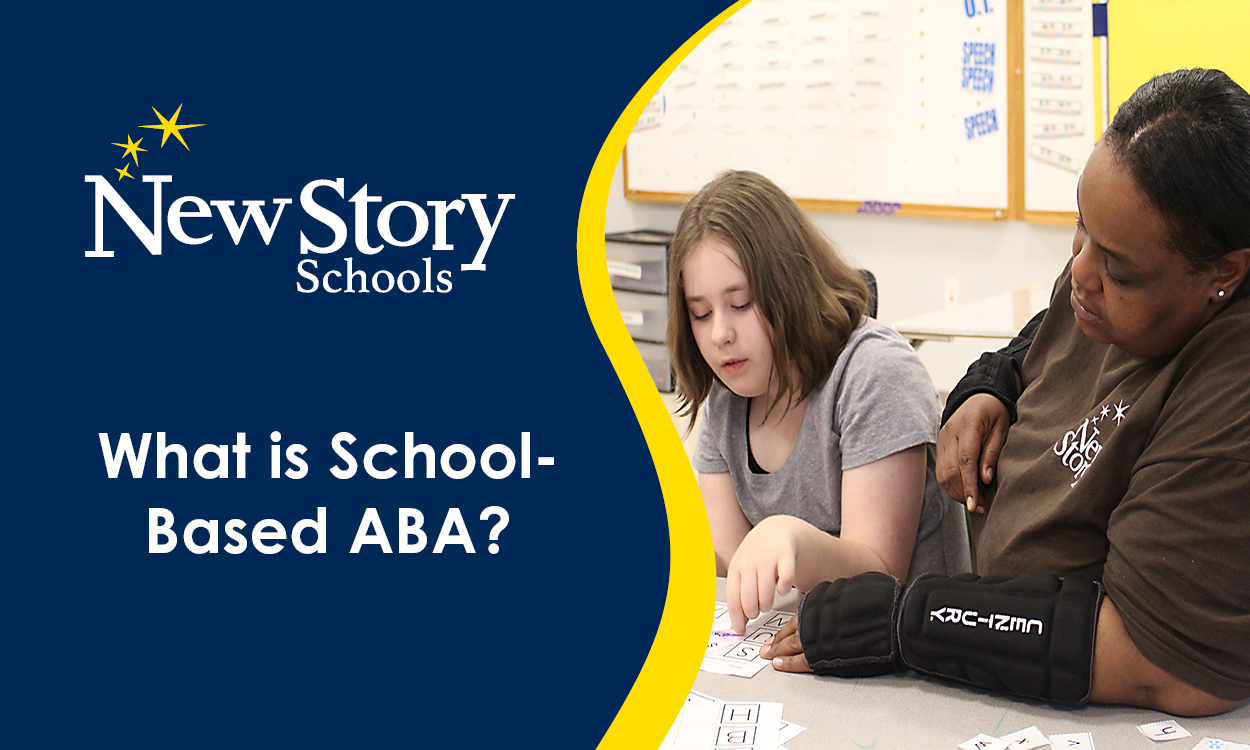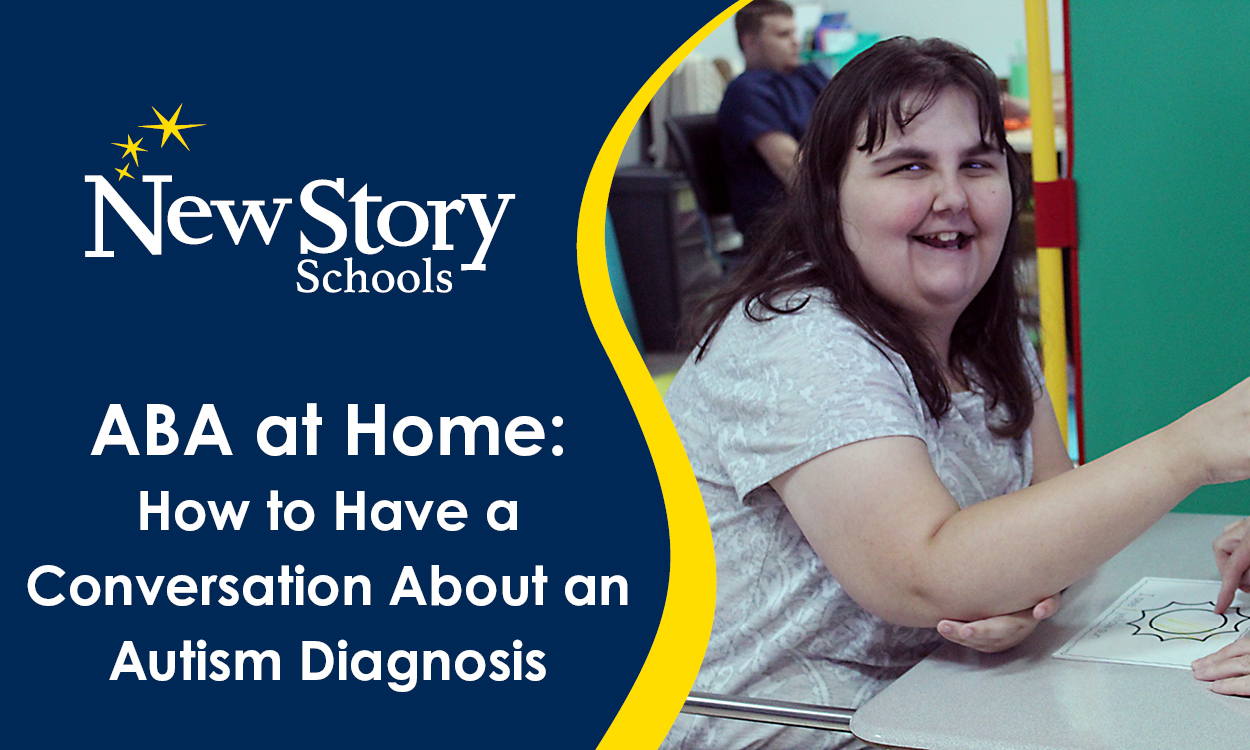Incorporating Mental Health Awareness in Your Curriculum and Classroom
Posted: May 18, 2023 | Written By: Angela Adams | Category: Special Education Teaching
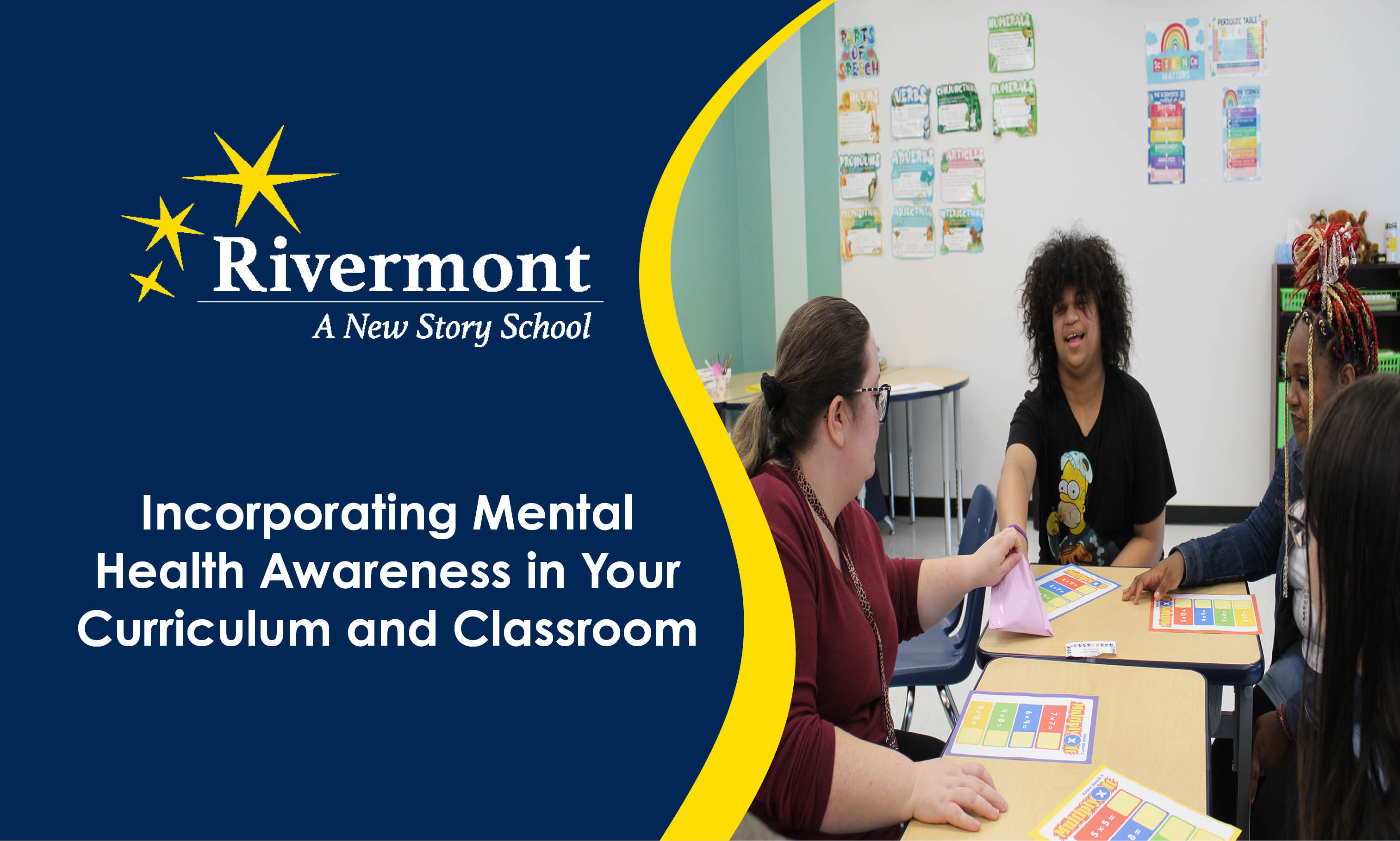
By Angela Adams, Assistant Principal, Rivermont NOVA.
May is Mental Health Awareness Month, and as we know, mental illness does not discriminate against age, gender, race, or anything else. Because of this, it is crucial that we spread awareness and expand our knowledge of mental health so that, if or when necessary, we can recognize it in ourselves and those closest to us. One way to do this is through social-emotional learning in the school setting. Even if a designated amount of time cannot be carved out consistently to address these needs, it can be disseminated across other content areas and environments within the school. Here are some ways you can incorporate Mental health awareness within your curriculum and classroom.
Incorporate mental health awareness in your curriculum
Reading comprehension/reader’s theater about mental health, emotional intelligence, resources, and services.
Famous leaders, inventors, or world changers who struggle(d) with mental illness.
Journaling, writing prompts, and poetry.
Read aloud or novel study.
Disaggregating information about mental health (graphs, surveys, percentages, etc.)
Discussion about our brain’s chemistry, neurons, genetics, trauma etc.
Explore careers in Career and Technical Education (CTE) courses associated with mental health.
Incorporate mental health awareness in your classroom
Practice mindfulness and movement during a transition from one subject to another.
Create bulletin boards with mental health information or resources.
Morning check-ins to see how students are feeling.
Create a safe space in the classroom to aid in self-regulating.
Teach about coping skills and zones of regulation.
Incorporate music during independent time.
Provide resources that are easily accessible for students to use during times of dysregulation.
While the bullets above have just a few resources and ideas for educators to use when implementing mental health awareness into their schools and classrooms, it is not the end. There are a variety of resources such as websites, games, activities, apps and more that can be utilized to support this mission. Here are a few supplemental websites for social-emotional learning:
I’ve heard it said that perception is reality; however, our perception can be skewed if we are not educated in whatever it is we’re observing. If we educate ourselves and our students, we’re better equipped to understand mental health and those struggling. This is why it’s so important to start the discussion in our classrooms and schools. We want to end the stigma that mental health has plastered on it. Mental health matters. You matter. Your mental health matters to us.
Want to be notified of new articles and resources from New Story Schools? Submit your email and opt into our newsletter!




